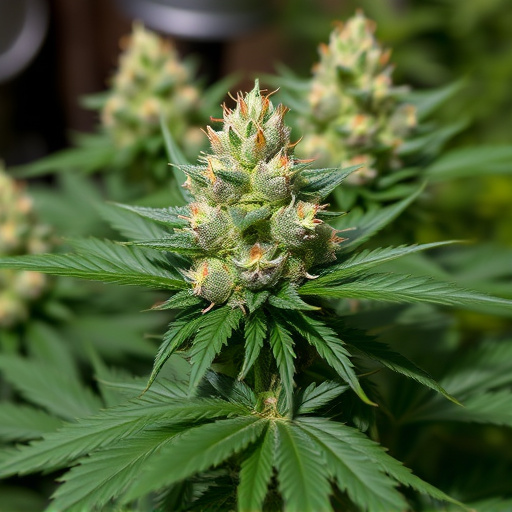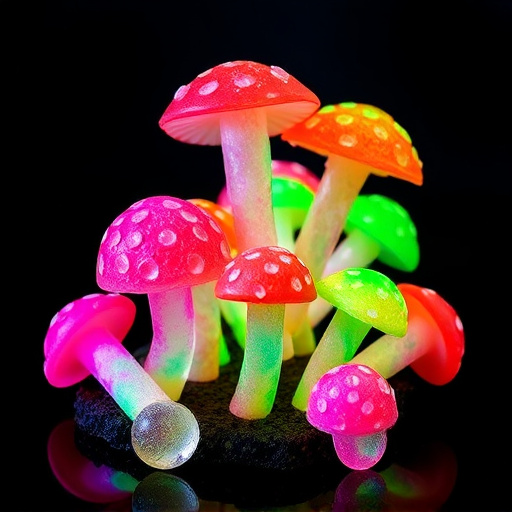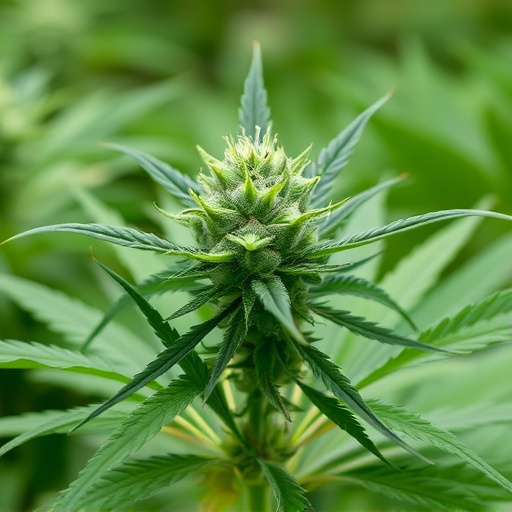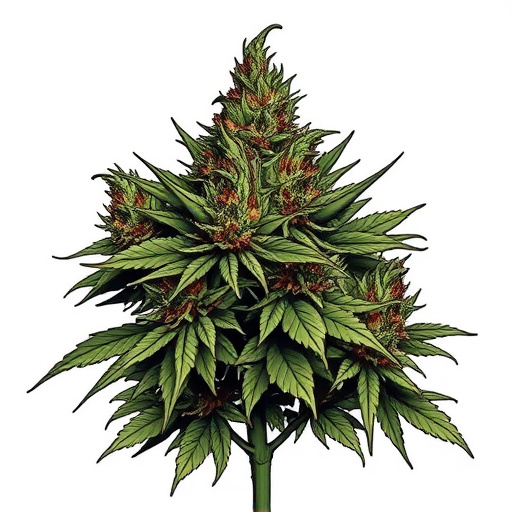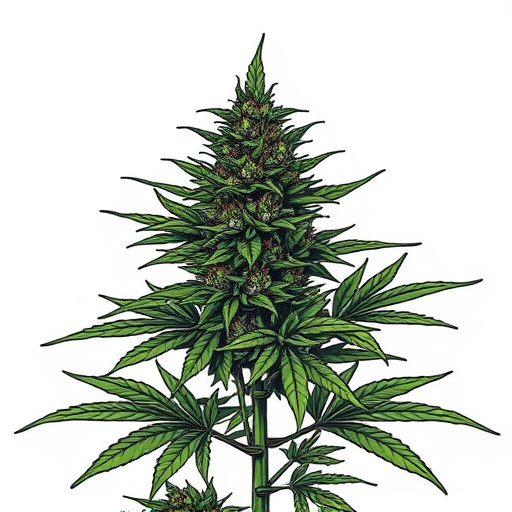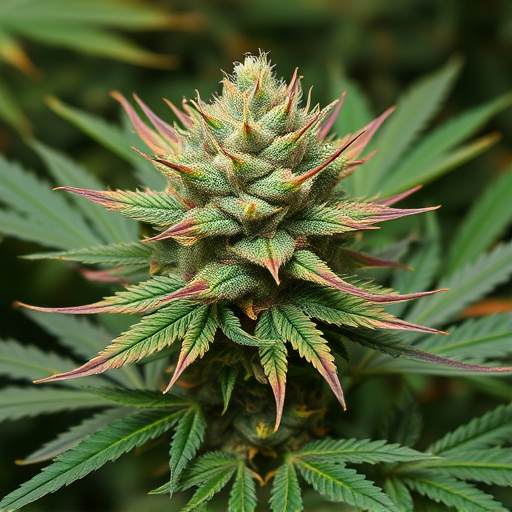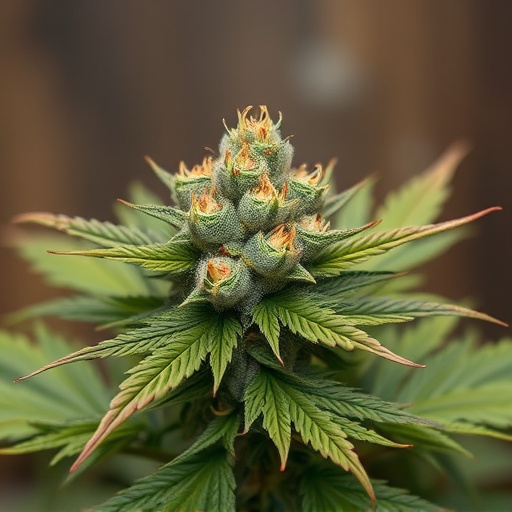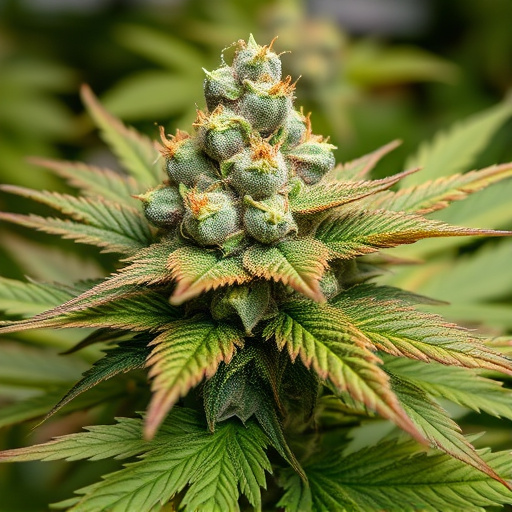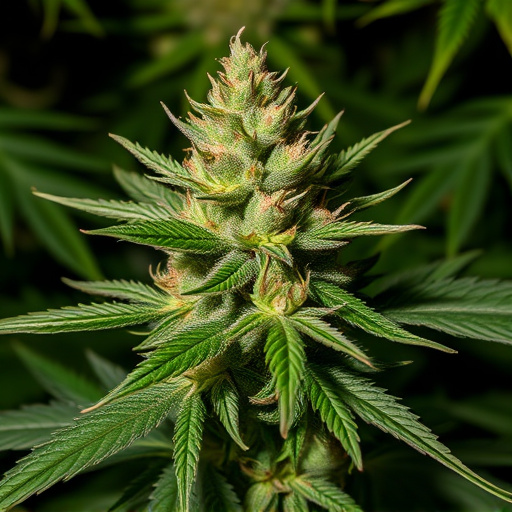Cannabis' complex chemistry, with over 100 cannabinoids like THC and CBD, influences user experiences. Old school strains, with lower THC levels, offer milder effects compared to modern concentrates. Setting safe dosage limits for these strains requires understanding individual variations in age, weight, tolerance, and health. Responsible use involves starting with low doses and increasing gradually to find personal thresholds, minimizing risks like anxiety or cognitive impairment.
“Unraveling the safety of cannabis dosage is a complex journey, especially with the diverse landscape of modern strains. This article explores the intricate relationship between cannabis consumption and safe limits, offering insights into its effects and metabolism. We delve into the world of old school cannabis strains, analyzing their potency and unique compositions. Furthermore, by understanding individual variations, we can set responsible dosage guidelines, ensuring a safe and informed approach to cannabis use.”
- Understanding Cannabis: The Basics of Its Effects and Metabolism
- Exploring Old School Cannabis Strains: Potency and Composition
- Setting Safe Dosage Limits: Individual Variation and Responsible Use
Understanding Cannabis: The Basics of Its Effects and Metabolism
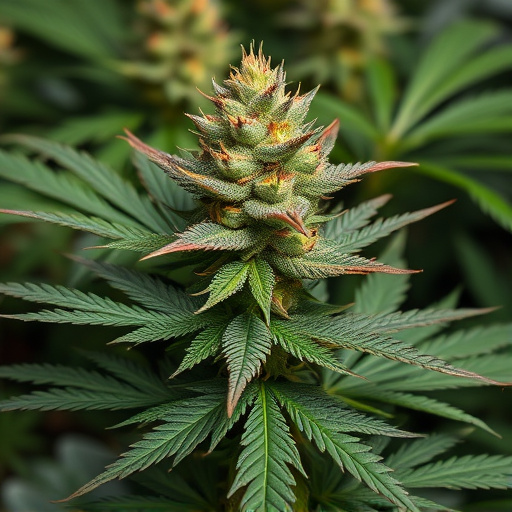
Cannabis, with its complex chemistry, offers a range of effects that vary greatly among individuals. Understanding its basics is crucial when discussing safe dosage limits. The plant contains over 100 cannabinoids, the most well-known being THC (tetrahydrocannabinol) and CBD (cannabidiol). These compounds interact with our endocannabinoid system, influencing mood, memory, appetite, and pain perception. Old school cannabis strains typically had lower THC levels, offering more subtle effects suitable for casual users.
The metabolism of cannabis is another key factor. Once consumed, THC is metabolized in the liver into 11-hydroxy-THC (11-OH-THC), which can be even more potent and has a longer half-life, potentially leading to stronger and longer-lasting effects. CBD, on the other hand, is not psychoactive but may still have significant physiological impacts. As cannabis becomes more mainstream, understanding these complexities and individual variations in response is essential for setting safe dosage guidelines, especially with the wide range of products available today, from old school strains to modern concentrates.
Exploring Old School Cannabis Strains: Potency and Composition
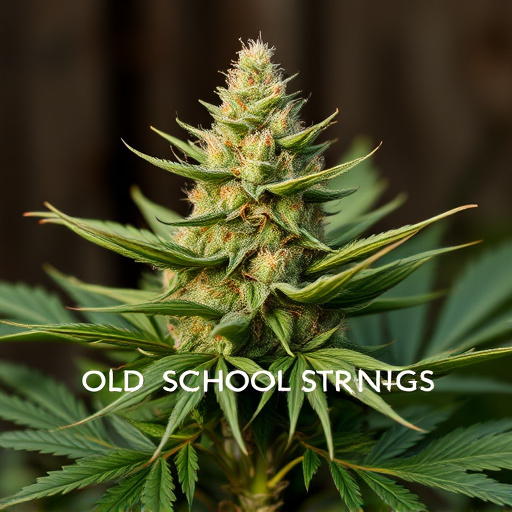
Cannabis enthusiasts often look back to old school strains with nostalgia, appreciating their unique effects and flavors. These classic varieties, which predate modern hybridization, offer a glimpse into the plant’s natural diversity. Potency levels in old school cannabis strains can vary widely, sometimes reaching extraordinary heights. For instance, legendary breeds like Thai Sativa or Afghanistan land at the top end of THC content, often exceeding 20%. This high potency is a result of natural selection and breeding practices from decades ago when cannabidiol (CBD) was not as widely recognized or separated from the mix.
The composition of these old school strains is another fascinating aspect. They typically contain higher levels of THC (tetrahydrocannabinol), the primary psychoactive compound responsible for cannabis’ iconic high, compared to modern hybrids. However, they often lack the extensive terpene profiles and specific CBD content that contemporary breeders focus on. Terpenes, aromatic compounds contributing to cannabis’ distinct aromas and potential therapeutic effects, play a significant role in the overall experience. Exploring these old school strains allows users to uncover unique chemical compositions and understand the plant’s natural variations before extensive modern manipulation.
Setting Safe Dosage Limits: Individual Variation and Responsible Use
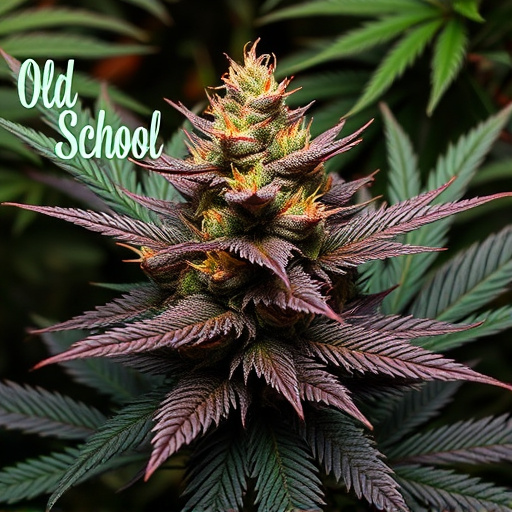
Setting safe dosage limits for cannabis involves acknowledging that individual responses vary greatly. Factors like age, weight, tolerance, and overall health play a significant role in determining how one might metabolize and react to different levels of THC, CBD, and other cannabinoids present in old school cannabis strains. What’s considered a safe dose for one person could be too much or too little for another.
Responsible use involves understanding these variations and consuming cannabis in moderation. Start with low doses and gradually increase as needed while closely monitoring your body’s response. This cautious approach allows individuals to find their personal threshold, minimizing potential risks associated with overconsumption, such as anxiety, paranoia, or cognitive impairment.
In light of the above discussions, it’s evident that while cannabis offers potential therapeutic benefits, determining a safe dosage limit is complex due to individual variation in metabolism and tolerance. Understanding the composition of old school cannabis strains can provide insights into their potency, aiding responsible use. Further research is necessary to establish definitive guidelines, emphasizing the importance of moderation and personal responsibility when engaging with cannabis.


